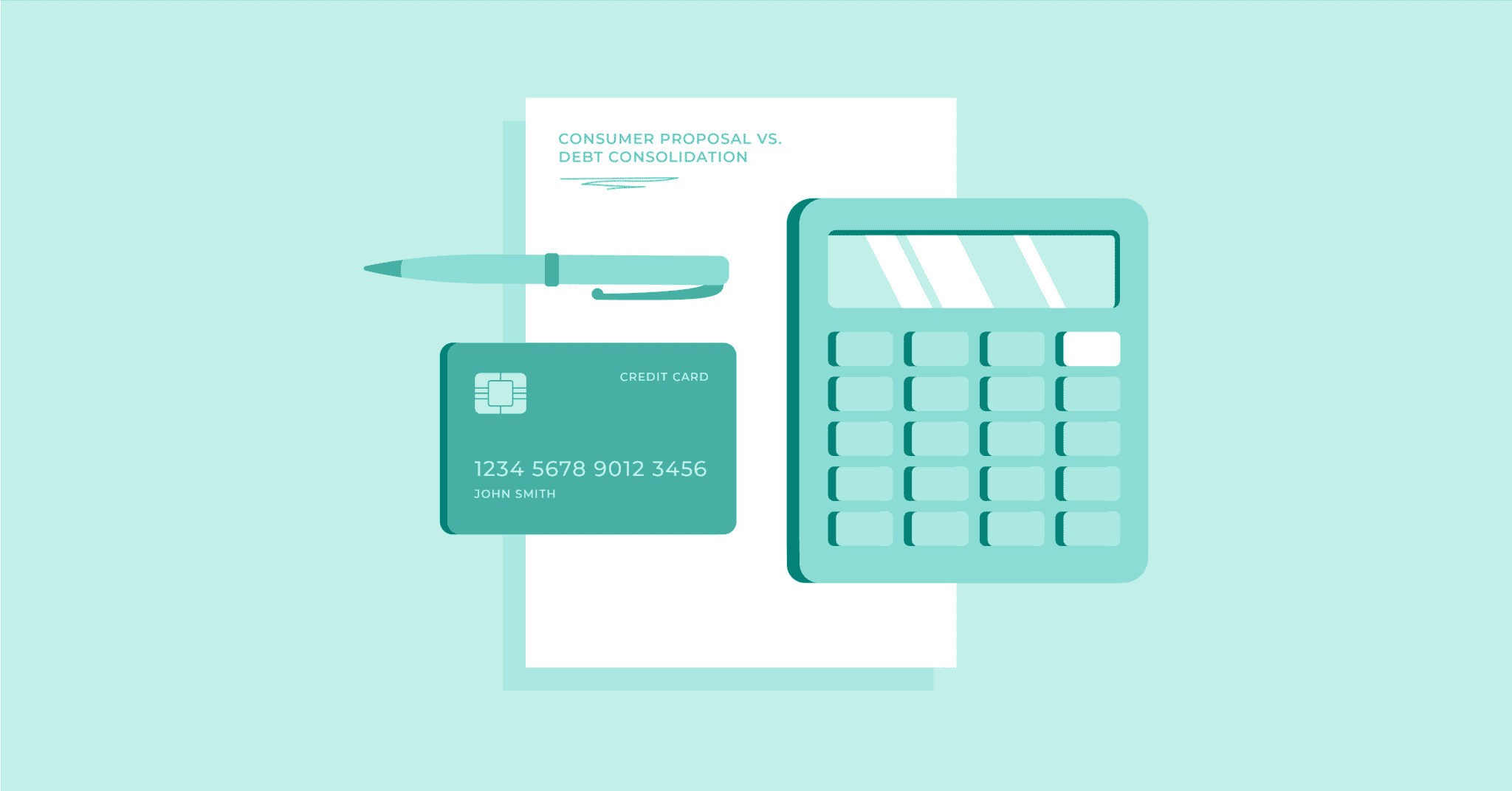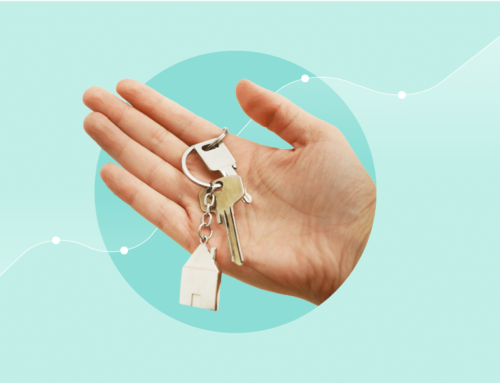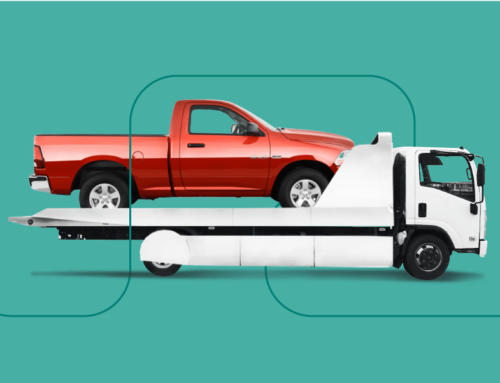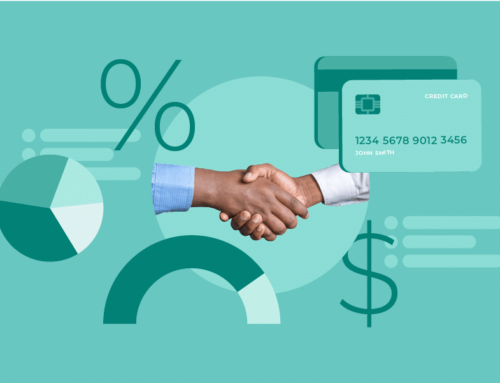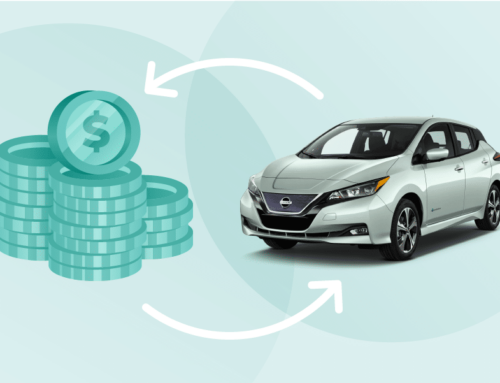Are you struggling with debt? Your instinct may be to pinch pennies as much as possible so you can pay your creditors back, or worse, take on more debt through a new credit card.
As a Canadian, you have more options to escape debt than you realize before you declare bankruptcy. Two of the most common include filing a consumer proposal or applying for a debt consolidation loan. Each of these choices has its pros and cons, so let’s discuss the benefits and disadvantages of a consumer proposal vs. debt consolidation.
Consumer Proposal vs. Debt Consolidation: What’s the Difference?
If you’re not already familiar with consumer proposals, this is when a Licensed Insolvency Trustee (LIT) takes a look at your finances and helps you come up with a feasible debt repayment plan. They will take it to your creditors, and if they’re on board with the terms, you will make one lump sum payment to the LIT, and the rest of your debt will be forgiven. Debt collectors will stop contacting you, and you won’t feel pulled in multiple directions by different lenders.
Debt consolidation is a loan provided through a financial institution, such as a bank or credit union. In this case, you use the loan to pay off your existing debt to individual creditors, but you must now pay back the new loan and its interest rate. Debt consolidation is named as such because you “consolidate” your debt into a single payment, though you now owe just as much if not more than you did originally.
Consumer Proposal vs. Debt Consolidation: A Look at Consumer Proposals
Those are the surface descriptions of a consumer proposal vs. debt consolidation, but they each entail additional terms, benefits, and consequences to consider.
Pros
The pros of one are sometimes the cons of another, so we’ll focus on the positives first:
1. Single payments
As we’ve mentioned, you only have to make one payment — which goes to the LIT — instead of several to individual creditors at different times. This allows you to budget more effectively because you know exactly how much you owe (payments are fixed and won’t change with the economy or your income) and when. Plus, consumer proposals don’t have interest rates, so you won’t pay an accumulated amount more than you owe over time.
2. Reduced Debt
One of the most significant advantages of a consumer proposal is that your trustee can negotiate for you to pay less than the total amount you owe between creditors. Lenders would often rather collect something from you than nothing at all, so it’s possible to have some of your debt forgiven if you choose this option.
3. A third party negotiates on your behalf
It’s helpful to have a knowledgeable third party negotiate with your creditors on your behalf. This reduces the likelihood of you misunderstanding something or falling prey to predatory lenders.
4. Relief from debt collectors
Do you hate dealing with debt collectors harassing you? These calls cease as soon as you’ve entered a consumer proposal agreement. Plus, you also have relief from wage garnishments (which is when your employer withholds part of your paycheck to go toward debt repayments).
Cons
A few disadvantages of consumer proposals include the following:
1. Secured debts aren’t included
Unfortunately, you can’t use a consumer proposal to reduce asset-backed debt, such as your mortgage or car loan. It’s only possible to reduce unsecured debt, like credit cards. The amount you owe on your house, vehicle, or other property will remain the same unless you refinance them through different means.
2. You can’t miss payments
It’s essential not to miss payments within a consumer proposal. While it’s never a good idea to miss payments anyway, your lenders have the right to cancel your agreement if you miss three months, and then they can resume contacting you through debt collectors, and you may go back to owing the original amount.
3. It Impacts your credit score
Filing a consumer proposal automatically drops your credit score to an R7 rating, and it remains on your credit report for a minimum of three years (and a maximum of eight) after you’ve paid it off. Landlords, employers, banks, businesses, and other potential lenders in the future will be able to see that you’ve filed a consumer proposal and may decide not to lend or rent to you until you bring your score back up. Having a low credit score may also result in higher interest rates on loans you do qualify for.
4. It costs to file
It costs $750 to file a consumer proposal and $750 more in administration fees once your creditors accept the agreement from the LIT. The trustee you use will likely charge a 20% service fee from your monthly payments as well, so even though some of your debt is forgiven, make sure you’re still saving money after related fees and expenses.
Debt Consolidation vs. Consumer Proposal: A Look at Debt Consolidation
Debt consolidation can take the form of a personal loan, home equity loan, or balance transfer line of credit. You can read more about debt consolidation here.
Pros
Advantages of debt consolidation include:
1. Single payments
Like consumer proposals, you only have to make one lump sum payment instead of multiple to different lenders. In this scenario, you pay a financial institution instead of a LIT, but you can factor predictable payments into your budget.
2. It doesn’t affect your credit score as much
Debt consolidation loans don’t immediately reduce your credit score. In fact, successfully paying off your loan can actually benefit your credit if you pay each installment on time (be careful not to miss or be late on payments, though, which will negatively impact your score).
Cons
Disadvantages of debt consolidation include:
1. Additional fees
Like consumer proposals, debt consolidation entails fees. Between annual fees, closing fees, balance transfer costs, and other expenses for origination and (potentially) early cancellation, a debt consolidation loan can become expensive. Make sure you have enough money to pay such fees after your loan payments if you choose this option.
2. Interest rates
Because debt consolidation is a loan or line of credit, you’ll have to pay interest. As we mentioned, it’s crucial this interest won’t drown you in further debt. These rates vary between lenders, so pay attention to them and try your best to negotiate them down. It’s important to remember that debt consolidation loans are another form of debt, they’re just hopefully easier to pay back.
2. You Need a Good Credit Score
Unfortunately, you often need a good credit score to qualify for a debt consolidation loan at an affordable interest rate. This requirement often excludes many people struggling with debt. Even if it seems like the option for you, it’s important to double check if you qualify or if you could obtain a rate that wouldn’t sink you further.
Consumer Proposals Versus Debt Consolidation: Which is Better?
Now that we’ve compared consumer proposals vs. debt consolidation, how do you decide which is better? You have more choices than these two options. Some include consulting with a financial advisor, going through a nonprofit organization, or follow a personalized debt relief plan through a platform like Marble’s free CreditMeds solution.
In the latter’s case, Marble is an organization that uses advanced AI and credit simulators to analyze your financial situation, spending behaviors, and other factors to create a debt relief plan catered to your needs. This way, you can hopefully escape debt by changing your habits and improving your financial knowledge before resorting to a consumer proposal or debt consolidation.
Learn about how Marble can put you on the right path to financial freedom. Sign up today.


